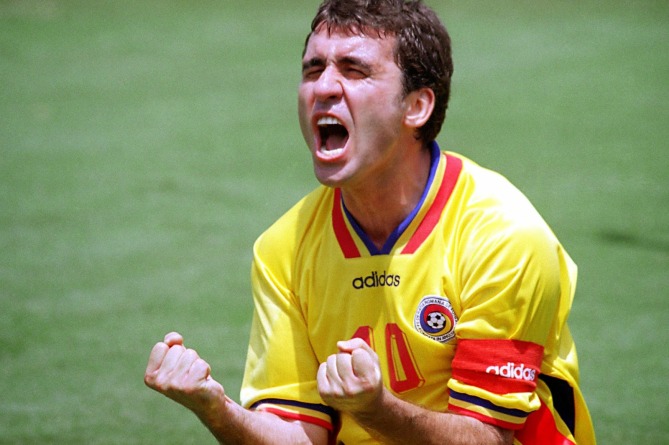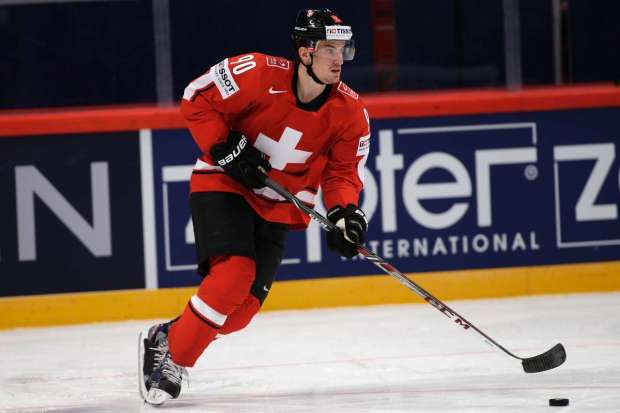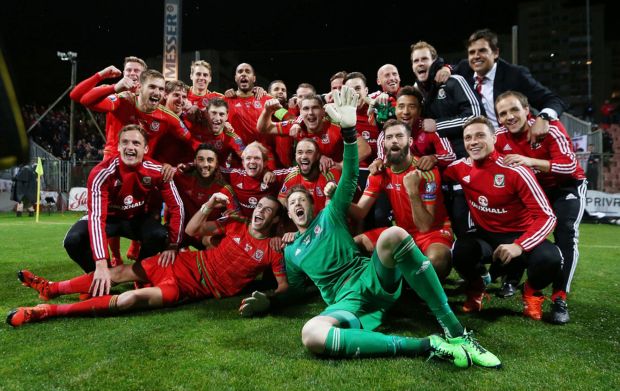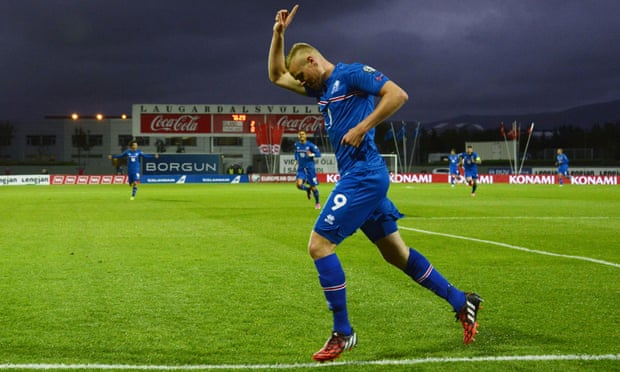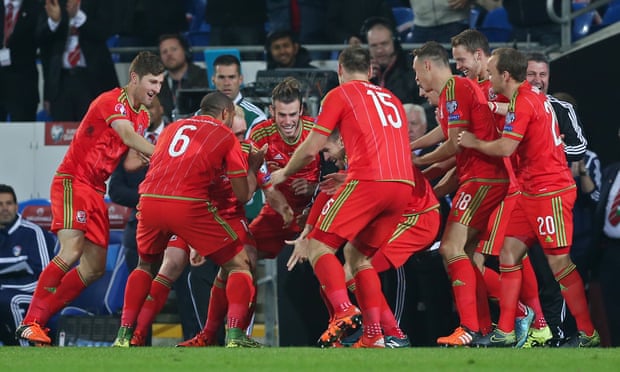The 2016 World Cup of Hockey is seven and a half months away and the first names that will compete in Toronto from September, 17th to October, 1st were announced last Wednesday. Every nation (err..every Team) had to name 16 of the 23 players that would bring to the tournament, with at least two of them being goalies, and that meant that we would get to start the always entertaining game of projecting the names included, the major snubs and the potential surprises. To be clear, the subjects I consider “entertained” here are hockey nerds, hockey writers with columns to fill and people with too much time on their hands.
Anyway, in advance of the announcements, I took a couple of hours off my busy schedule to speculate on every player that would appear on the rosters’ lists (and not the ones I believed should have been selected), and then proceeded to evaluate my performance. This article describes my choices and rationales, and tries to impart into the thought-process of the management teams that actually had to do the job. I also sprinkle in a few predictions about the players that will be added until June 1st, when complete rosters have to be delivered.
A few months ago, I filed in a post about the construction of Team Europe’s roster (which you can read here and here ), so I plugged in some info from the analysis I did back then, and I am currently working on a detailed report on Team North America that will follow much of the same structure, thus refrained to share (or rehash) some ideas in this post regarding those two squads.

The 2016 World Cup of Hockey official logo
My main resource to speed up the process of compiling the potential preliminary rosters of every nation was this website , where you can sort out every NHL player that played in a season for nationality and position. It really saved up the time of scouring all NHL rosters, and I would also like to thank the European Teams for trying to restrict their players’ pool to the NHL. Especially Team Russia, who expediently announced the first 16 names would all be NHLers.
The article is naturally separated by each competing team, with each section starting with a resume of my mishaps, as OUT are players I wrongly named in my projection and IN are the ones who took their spot. I then transcribed my forecasted rosters and bolded the names I got right while expressing some ideas about every group (forwards, defenseman and goalies).
All the “real” preliminary rosters can be found here
Team Sweden
Out: C Carl Soderberg, G Jhonas Enroth
IN: D Niklas Kronwall (Detroit Red Wings), G Jacob Markstrom (Vancouver Canucks)
Forwards (9): Nicklas Backstrom (Washington Capitals), Daniel Sedin (Vancouver Canucks), Loui Eriksson (Boston Bruins), Alex Steen (St. Louis Blues), Henrik Sedin (Vancouver Canucks), Filip Forsberg (Nashville Predators), Gabriel Landeskog (Colorado Avalanche), Henrik Zetterberg (Detroit Red Wings), Carl Soderberg (Colorado Avalanche)
Sweden was the only team to name just eight forwards and they’re all pretty much unassailable, forming a formidable staple up front. I’m pretty confident Soderberg will be part of the final group of 13, with his versatility and experience playing both left wing and center, but the amount of great candidates for the other four spots is staggering.
Marcus Kruger may be an ideal checking pivot to slot behind Henrik Sedin, Zetterberg and Backstrom, but Mika Zibanejad and Mikael Backlund are also in the run, while on the wings they can mix and match with the tenacity of Patric Hornqvist, the skill of Gustav Nyquist and Jakob Silfverberg or the speed of Carl Hagelin, Rickard Rackell and Andre Burakovsky.
Defenseman (5): Erik Karlsson (Ottawa Senators), Oliver Ekman-Larsson (Arizona Coyotes), Victor Hedman, Anton Stralman (Tampa Bay Lightning), Niklas Hjalmarsson (Chicago Blackhawks)

Erik Karlsson (L) and Oliver Ekman-Larsson (R) will command Team Sweden’s defence
The Tre Kronor’s blueline is once again absolutely stacked and I did hope they would leave two spots open for the wealth of options available. Niklas Kronwall’s decorated history with the national team proved too important, and moved out, for now, John Klingberg, who, for much of the first half of the NHL season, kept pace with Erik Karlsson in terms of offensive production. I was pleasantly surprised to see that the steady Anton Stralman was recognized, and should continue to be paired with Victor Hedman, a notable absence in Sochi 2014.
If Sweden makes the mistake of leaving Klingberg home, Johnny Oduya (Chicago Blackhawks) and Mattias Ekholm (Nashville Predators) should be the next in line, even if you can’t discount Alexander Edler, who, mind-bogglingly, was selected to cover for Karlsson on the top pair in 2014. Alas, let’s just hope the new coaching staff is smarter and joins the forces of Karlsson and Ekman-Larsson, creating a delightful, mouth-watering partnership.
Goalies (2): Henrik Lundqvist (NY Rangers), Jhonas Enroth (LA Kings)
If some teams opted to name three goaltenders, Sweden probably would have liked to leave it to Lundqvist, their only NHL starter. Enroth was considered the best goalie at the 2013 World Championships the Swedes won, and I thought that would give him the edge, but Markstrom and his never-truly-realized immense potential were favoured. The third slot may be decided by a coin flip between Enroth, Eddie Lack (Carolina Hurricanes), Robin Lehner (Buffalo Sabres) and even Anders Nilsson (St. Louis Blues).
Team Finland
Out: C Joonas Kempainnen, D Jyrki Jokipakka, D Sami Lepisto
IN: C Teuvo Teravainen (Chicago Blackhawks), LW Lauri Korpikovski (Edmonton Oilers), D Esa Lindell (Dallas Stars)
Forwards (9): Mikko Koivu (Minnesota Wild), Jussi Jokinen, Aleksander Barkov (Florida Panthers), Valteri Filppula (Tampa Bay Lightning), Jori Lehtera (St. Louis Blues), Mikael Granlund (Minnesota Wild), Leo Komarov (Toronto Maple Leafs) , Joonas Donskoi (San Jose Sharks), Joonas Kemppainen (Boston Bruins)
Finland never possesses the flashiest attack in senior competitions and that won’t change in the World Cup, since none of the first eight forwards above is a goal scorer. Donskoi is definitely the less known commodity but he’s had a fine debut season in the NHL and his selection was expected.
Lauri Korpikoski ‘s omission from my list was in favour of 27-year-old Kemppainen, part of last year’s World Championship squad before settling in Boston, while the below-expectations season put on by the talented Teuvo Teravainen convinced me he wouldn’t make the cut. Erik Haula, the third-year Minnesota Wild centre, is also a strong candidate to be a part of the final roster.

Scoring by commitment, always the foundation of Finland’s success internationally
Defenseman (5): Rasmus Ristolainen (Buffalo Sabres), Olli Maatta (Pittsburgh Penguins), Sami Vatanen (Anaheim Ducks), Jyrki Jokipakka (Calgary Flames), Sami Lepisto (Avtomobilist Yekaterinburg, KHL)
A grand total of six Finnish defensemen have suited up for NHL teams in 2015-16, and only four have played more than 10 games. Thus, this screening process wasn’t exactly difficult, even if the youth of the group is a really big concern. Ristolainen (21 years-old), Maatta (21) and Vatanen (24) are all relatively inexperienced, even if the last two were already key components in Sochi 2014, so I searched a bit to bring up the name of Lepisto, a 31-year-old former NHLer with two Olympic bronze medals in his résumé. He’s no Kimmo Timonen, but his experience will definitely be appreciated.
The offensive-minded Esa Lindell, another 21-year-old, jumped in front of Jokipakka, who just a few days ago was his teammate on the Stars organization, despite only 4 NHL appearances against more than 90 amassed by the 24-year-old.
Goalies (2): Pekka Rinne (Nashville Predators), Tuukka Rask (Boston Bruins)
Rinne and Rask are studs and will battle it out for the starting spot, with Boston’s mainstay having the edge. The Dallas Stars duo of Kari Lehtonen and Antti Niemi should extend their on-going confront to the national team, with the latter in advantage at this time.
Team Russia
Out: D Alexei Emelin, D Fedor Tyutin, D Evgeni Medvedev
IN: C Vladislav Namestnikov (Tampa Bay Lightning), D Dmitry Orlov (Washington Capitals), G Andrei Vasilevski (Tampa Bay Lightning)
Forwards (9): Alexander Ovechkin, Evgeni Kuznetsov (Washington Capitals), Artemi Panarin, Artem Anisimov (Chicago Blackhawks), Evgeni Malkin (Pittsburgh Penguins), Vladimir Tarasenko (St. Louis Blues), Pavel Datsyuk (Detroit Red Wings), Nikita Kucherov (Tampa Bay Lightning), Nikolai Kulemin (NY Islanders)
Six of the top 25 point producers in the NHL are Russian forwards, and you just need to look at their names to confirm that they won’t lack firepower and copious amounts of offensive skill. The nine names picked up are non-brainers and Vladislav Namestnikov is a tenth no one disputes.
Right now, the question is where two all-world talents like Ilya Kovalchuk and Alexander Radulov fit in, since someone has to backcheck and kill penalties on that group. Datsyuk, Kulemin and Anisimov won’t be enough, so I expect Alexander Burmistrov (Winnipeg Jets) to be one of the late picks, with Viktor Tikhonov (Arizona Coyotes) also expected to carve his spot. A final note for Russia’s depth down the middle, significantly improved with the emergence of Evgeny Kuznetsov, who joins Malkin, Datsyuk, and Anisimov.

Artemi Panarin will be one of the young Russian forwards to watch at the World Cup
Defenseman (5): Andrei Markov (Montreal Canadiens), Alexei Emelin (Montreal Canadiens), Dmitri Kulikov (Florida Panthers), Fedor Tyutin (Columbus Blue Jackets), Evgeni Medvedev (Philadelphia Flyers)
Markov and Kulikov, who was left off the 2014 Olympic Games’ roster, were easy picks but Russia’s decision to ignore all the veteran blueliners caught me off guard. After all, the 31-year-old Tyutin participated in the last three Olympics, Medvedev is a regular fixture on their World Championships representations’, and Emelin’s physical style is pretty uncommon in the rest of their defensive options. No doubt the trio has seen his best years but I fully expect to see them on the final roster.
Dmitry Orlov (Capitals) has impressed with his offensive instincts this season for the Capitals and provides some much needed puck-moving ability to the group, thus the 24-year-old was always on the radar to be one of the seven rearguards on the list. Another player that has those types of qualities is Slava Voynov (SKA Saint Petersburg, KHL) but he’s persona non-grata for the NHL and NHLPA, hence the pressure to leave him at home is significant.
Goalies (2): Semyon Varlamov (Colorado Avalanche), Sergei Bobrovsky (Columbus Blue Jackets)
With Anton Khudobin buried on Anaheim’s depth chart, there were only three regular NHL goalies to choose from, so I guess they just decided to put the subject behind their back for all. The inconsistent Varlamov and a Bobrosvky coming off a nightmarish season will square off for possession of Russia’s crease, with Andrei Vasilevsky on the lookout in case both falter.
Team Czech Republic
Out: RW Jaromir Jagr, RW Radim Vrbata, RW Jiri Hudler, D Zbynek Michalek, D Marek Zidlicky
IN: LW Tomas Hertl (San Jose Sharks), RW David Pastrnak (Boston Bruins), D Andrej Sustr (Tampa Bay Lightning), D Michal Kempny (Avangard Omsk, KHL), G Ondrej Pavelec (Winnipeg Jets)
Forwards (10) : David Krejci (Boston Bruins), Jakub Voracek (Philadelphia Flyers), Tomas Plekanec (Montreal Canadiens), Jaromir Jagr, Jiri Hudler (Florida Panthers), Martin Hanzal (Arizona Coyotes), Radim Vrbata (Vancouver Canucks), Ondrej Palat (Tampa Bay Lightning Lightning), Michael Frolik (Winnipeg Jets), Vladimir Sobotka (Avangard Omsk, KHL)
Doing this prediction on a couple of hours was bound to lead to some blunders, and indicating Jagr is among those, as the 44-year-old and the team’s brass had already agreed to wait for the legend to decide on whether he wanted to represent his country one last (more?) time.
Vrbata and Hudler also fall in a similar category, as both were bizarre and glaring exclusions from the roster on the 2014 Olympics. Two years later, Vrbata is 34-years-old and going through a tough season in Vancouver, thus I can understand where they’re coming from. However, Hudler (32) is still productive, even if at a level significantly below his 2014-15 career season, and would have helped this team. Anyway, it’s not the first time the Czech take some strange decisions in terms of roster construction, and seems now clear that neither player is on their plans.

Tomas Hertl missed the 2014 Olympics due to a knee injury, but he should in Toronto come September
Nevertheless, looking at the entire group of 16, no player is older than 30, and going with the youthful exuberance and tremendous speed of Hertl and Pastrnak, two of the few exciting talents produced by the country recently, is definitely defendable. In the end, it won’t be the vital difference between failure and success.
To round out the forward group, the energetic Vladimir Sobotka is a great pickup, and I expect to see a couple more European-based players added later. Dmitri Jaskin, the 22-year-old St. Louis Blues forward, was the odd man out when I finished my preliminary group, but I believe he’ll also be part of the 23-man roster.
Defenseman (4): Zbynek Michalek (Arizona Coyotes), Roman Polak (San Jose Sharks), Radko Gudas (Philadelphia Flyers), Marek Zidlicky (NY Islanders)
My mishaps predicting the Czech roster extended to the blueline, where the unassuming Andrej Sustr, a regular on last season’s Stanley Cup finalists, was left off my roster. Although, in my defence, I can note that the 25-year-old is a bottom-pairing guy for his team and never represented his country on senior international competitions before.
The absence of Michalek is truly surprising, as the 33-year-old is an extremely reliable defensive presence boasting a long history with the national team. Meanwhile, Zidlicky is another notable omission because, despite being 39-years-old, his powerplay prowess and passing ability aren’t approached by any other Czech rearguard.
In contrary, out of nowhere came Michal Kempny, a 25-year-old undrafted defenseman that plays on the left side… and that’s all we know about him. As for Polak and Gudas, they will use all means necessary to keep the opponents in check, so their adversaries definitely hope they’re not paired together.
Goalies (2): Petr Mrazek (Detroit Red Wings), Michal Neuvirth (Philadelphia Flyers)
Just like Russia, there were only three real options to consider here, so makes sense that Pavelec’s inclusion was already taken care off. Nevertheless, at least this time, he won’t be the starter on the tournament, with the Czech hopes’ resting on the shoulders of the much more trustworthy Petr Mrazek, a star in the making.
Team Europe
Out: C Lars Eller, RW Marian Gaborik, RW Nino Niederreiter
IN: C Leon Draisatl (Edmonton Oilers), LW Tomas Vanek (Minnesota Wild), RW Jannik Hansen (Vancouver Canucks)
Forwards (9): Anze Kopitar (LA Kings, SLO), Marian Gaborik (LA Kings, SVK), Tomas Tatar (Detroit Red Wings, SVK), Marian Hossa (Chicago Blackhawks, SVK), Mikkel Boedker (Colorado Avalanche, DEN), Lars Eller (Montreal Canadiens, DEN), Mats Zuccarello (NY Rangers, NOR), Frans Nielsen (NY Islanders, DEN), Nino Niederreiter (Minnesota Wild, SUI)

Leon Draisaitl’s development can have a huge impact on Team Europe’s chances
The big standout from the initial roster is Leon Draisatl, the 20-year-old Oilers centre who took full-advantage of Connor McDavid’s injury to go on an offensive tear and seal his status as an NHL-ready middleman. With only Kopitar engraved as a high-end star pivot for Team Europe, the German may jump from the outside looking in right towards the 2nd line, pushing down the likes of Lars Eller and Zemgus Girgensons, who may be in direct competition for a lower-line role. Meanwhile, instead of Niederreiter, who I pencilled on the fourth-line’s right-wing, Team Europe’s management surprised by nominating Jannik Hansen, whose merits I defended ferociously on the aforementioned post.
Vanek and Gaborik were the skilled veterans on the downswing I mulled before my ninth forward indication. While I believed the Slovak’s familiarity with Kopitar made him a near sure thing, his knee injury, compounded with the 34 birthdays, probably scared some and contributed to Vanek’s appointment.
Defenseman (5): Zdeno Chara (Boston Bruins, SVK), Roman Josi (Nashville Predators, SUI), Andrej Sekera (Edmonton Oilers, SVK), Mark Streit (Philadelphia Flyers, SUI), Dennis Seidenberg (Boston Bruins, GER)
I originally only had four defensemen on the preliminary roster, but ultimately believed that Seidenberg’s strong play as of late would erase any doubts that could exist. I was right, and now it’s up to Christian Ehrhoff to find his groove back and validate my original six. I overlooked Vancouver Canucks’ Yannick Weber before, but he’s on the race for the 6th/7th position with compatriot Luca Sbisa.
Goalies (2): Frederik Andersen (Anaheim Ducks, DEN), Jaroslav Halak (NY Islanders, SVK)
Andersen and Halak were absolute locks, but the terrible season of Calgary’s Jonas Hiller blew the door wide open for Thomas Greiss to step in, which will be a mere formality if he can maintain his lead amongst NHL goalies in Sv%.
Team North America
Out: C Ryan Nugent-Hopkins, LW Boone Jenner
IN: RW JT Miller (NY Rangers), G Matt Murray (Pittsburgh Penguins)
Forwards (10): Brandon Saad (Columbus Blue Jackets, USA), Connor McDavid (Edmonton Oilers, CAN), Nathan MacKinnon (Colorado Avalanche, CAN), Johnny Gaudreau (Calgary Flames, USA), Sean Monahan (Calgary Flames, CAN), Sean Couturier (Philadelphia Flyers, CAN), Boone Jenner (Columbus Blue Jackets, CAN), Ryan Nugent – Hopkins (Edmonton Oilers, CAN), Dylan Larkin (Detroit Red Wings, CAN), Jake Eichel (Buffalo Sabres, USA)
I don’t want to spoil my incoming article, but I’m also still unsure where Ryan Nugent-Hopkins fits in the lineup for this team. However, Peter Chiarelli, the Oilers GM, co-picked the roster and it is still complicated to see him discard one of his guys. RNH is currently nursing an injury, which muffles the subject, but Edmonton’s media will create a uproar if the snub is repeated in June.
Like Hansen on Team Europe, I’m a passionate supporter of Boone Jenner’s possible contributions to this squad, yet his name was forgotten this week in favour of JT Miller, who appeared on the radar with a breakthrough season for the Rangers but no one expected to see nominated so early. Although there was definitely a need for a right-winger with speed and decent size on the top nine, my preference went for a more polished offensive player.
Chiarelli and Stan Bowman cautioned for the necessity to watch closely the ups-and-downs experienced by rookie players, hence I was reluctant to include Eichel and Larkin on the initial roster, but, in the end, their pedigree and impeccable track record representing the USA at International tournaments pointed me in the right direction.
Defenseman (4): Ryan Murray (Columbus Blue Jackets, CAN), Seth Jones (Columbus Blue Jackets, USA), Aaron Ekblad (Florida Panthers, CAN), Morgan Rielly (Toronto Maple Leafs, CAN)

Ryan Murra (L) and Seth Jones are forging a partnership in Columbus that should extend to Team North America.
Ekblad, Jones and Reilly comprise the trio of blueliners that will be asked to anchor the Young Guns’ defence, and Murray’s dependability, coupled with a flourishing chemistry with his Columbus’ partner, turned him into a favourite to land on the top 4. Nailing down the last three men will prove more difficult, but I’ll take my crack soon…
Goalies (2): John Gibson (Anaheim Ducks, USA), Connor Hellebuyck (Winnipeg Jets, USA)
Team North America’s prospects on goal look way more promising now than last summer because all three men selected have exceled this season. Gibson was invited to the NHL All-Star game, and both Hellebuyck and Matt Murray got some games under their belt against the best in the World. The Jets goaltender string more than two dozen starts, and thus held the advantage to be the second name announced, but Murray’s first four presences were so impressive that no more scouting and evaluation was deemed necessary.
Team Canada
Out: RW Corey Perry, LW Brad Marchand, D Alex Pietrangelo
IN: C Tyler Seguin (Dallas Stars), D Marc-Edouard Vlasic (San Jose Sharks), G Corey Crawford (Chicago Blackhawks)
Forwards (10): Sidney Crosby (Pittsburgh Penguins), Jonathan Toews (Chicago Blackhawks), Steven Stamkos (Tampa Bay Lightning), Jamie Benn (Dallas Stars), Corey Perry, Ryan Getzlaf (Anaheim Ducks), Patrice Bergeron, Brad Marchand (Boston Bruins), John Tavares (NY Islanders), Jeff Carter (LA Kings)

Tyler Seguin will wear Canada’s colours for the first time on a best-on-best tournament.
Canada’s embarrassment of riches up front produces enough headaches just to trim down the group to 13 forwards, so imagine trying to pick only nine. I saw Crosby, Toews, Benn and Bergeron as locks, and Stamkos and Tavares were right behind alongside Perry, whose duo with Getzlaf is seldom broken. With so many centres in the mix and Perry’s slow start on the rear-view, his absence is head-scratching, but should be corrected in June. Getzlaf’s high standard of play over almost a decade was taken into account, while Jeff Carter was a hunch I was reasonably comfortable with. The LA Kings forward performed strongly at the 2014 Olympics on a depth role, and his speed, versatility, two-way ability and experience have always been greatly appreciated by every Canadian management group.
Tyler Seguin was overlooked in 2014 and, despite his outstanding offensive array, I thought they would overthink his selection and leave the decision for later, much in the same way it will happen with Claude Giroux. As for Marchand, his evolution from pest to one of the elite left wingers in the game has been so surprising that I wagered things would just keep going his way “off the ice”. It wasn’t meant to be and he’ll have to keep his hot streak going, because I believe he’s in direct competition with Taylor Hall for a spot.
Defenseman (4): Drew Doughty (LA Kings), Duncan Keith (Chicago Blackhawks), Shea Weber (Nashville Predators), Alex Pietrangelo (St. Louis Blues)
Doughty, Keith and Weber were seen as untouchables on Canada’s defence entering the 2014 Olympics and their importance stands, even if Weber’s slow decline has been well documented and he may no longer be an NHL top pairing D. Pietrangelo carried Jay Bouwmeester, his St. Louis Blues’ partner, to Sochi, and I thought that gave him an inside path, but it seems that Vlasic’s steadfast style caught more admires there. The Shark being a left defenseman, which balances the group of four, was also important on this equation.
Riskier options, like PK Subban, Kris Letang and Brent Burns, all righties, will have to wait a few months, while a third left-handed blueliner should be added, with Calgary’s duo of TJ Brodie and Mark Giordano in the mix.
Goalies (2): Carey Price (Montreal Canadiens), Braden Holtby (Washington Capitals)
The lack of details regarding Price’s mysterious injury are concerning, but at the end of the day he’s still the best goaltender in the planet, and nothing indicates there’s a chance he won’t be fully prepared to play in September. Holtby is the odds-on Vezina front-runner and the best man to backup the Canadiens’ reigning MVP, while Corey Crawford forced his way into the conversation with a stellar campaign for the Stanley Cup Champions. Even if Roberto Luongo wills the Florida Panthers to an unlikely Championship run, it won’t matter, since the Blackhawks’ goaltender convinced Team Canada’s management that he’s as essential as the other two.
Team USA
Out: C David Backes, C Brandon Dubinsky
IN: LW Justin Abdelkader (Detroit Red Wings), C Derek Stepan (NY Rangers)
Forwards (9): Patrick Kane (Chicago Blackhawks), Joe Pavelski (San Jose Sharks), Blake Wheeler (Winnipeg Jets), Zach Parise (Minnesota Wild), Ryan Kesler (Anaheim Ducks), Max Pacioretty (Montreal Canadiens), David Backes (St. Louis Blues), Brandon Dubinsky (Columbus Blue Jackets), TJ Oshie (Washington Capitals)
Team USA’s attack also encompassed a few slam-dunks (Kane, Pavelski, Parise) and others almost no one would contemplate to leave out, namely Pacioretty, in spite of being in the middle of a frustrating season in Montreal, and Kesler, whose effectiveness has slipped slightly over the last couple of years. Wheeler, one of the NHL’s most underappreciated offensive dynamos, belongs in that group, and his rise as the second best American right-wing pressed Phil Kessel into a corner where his pure goal-scoring prowess may be left at home, a foolish cogitation not too long ago.

Will “Little Joe” Pavelski also be named Team USA’s captain?
Backes and Dubinsky are just the type of rugged, physical two-way players John Tortorella loves, but I have to disclose that their inclusion on my list had less to do with that, as I didn’t remembered who the coach was, and more with the USA’s usual fascination with that kind of players. Just remember Dustin Brown and Ryan Callahan’s presence in Sochi and the unexpected call up of Justin Abdelkader, whose experience complementing top players in Detroit was brought up as a basis for the selection.
I was unsure about Oshie’s early inclusion until I realized the shootouts will be there once again, while Derek Stepan is a safe choice to provide some centre depth that can chip in regular offense, something the American’s don’t have in spades. To fill out the group, some tough decisions will be made on the wings, where, besides Kessel, stand out the candidacies of James Van Riemsdyk (who may not play another game this season), Bobby Ryan, Kyle Okposo and Chris Kreider.
Meanwhile, Brandon Saad and Johnny Gaudreau would have been shoe-ins on this roster, but will have to settle for Team North America.
Defenseman (4): Ryan Suter (Minnesota Wild), John Carlson (Washington Capitals), Ryan McDonagh (NY Rangers), Dustin Byfuglien (Winnipeg Jets)
Suter, Carlson and McDonagh formed the backbone of the American defence in Sochi and their place was never in doubt. Byfuglien’s impact every time he steps over the boards is so remarkable at both ends of the ice, that he just bullied his way to a spot and no one bat an eye. He’s not yet someone Tortorella will fully trust to defend a lead late, but his cannon shot and strength cannot be ignored like happened in Sochi, when the USA could have used a catalyst of change during the showdown with Canada.
There’s also a balance between lefties and righties on this top four, and, if five blueliners were appointed, Justin Faulk (Carolina Hurricanes) was the next man up. I’m confident the veteran Paul Martin, still playing top-line minutes in San Jose, won’t be neglected, with the seventh spot turning into a bloodbath for a plethora of names, including Kevin Shattenkirk, Cam Fowler, Erik Johnson, Matt Niskanen, Jake Gardiner, Keith Yandle..
Goalies (3): Cory Schneider (New Jersey Devils), Jonathan Quick (LA Kings), Ben Bishop (Tampa Bay Lightning)
With so many teams naming three goalies, at least it wasn’t the only one I thought would do it to buck the trend. Quick and Schneider, two goalies that interpret the position in entirely different ways, will continue to push the envelopes for their teams in hopes of securing the starting spot, while Bishop, despite being in the middle of a career-season, departs a step below. Quick, a third-string goalie in Vancouver 2010 and the leading man in Sochi 2014, may get the nod, but Schneider’s numbers are better across the board since he was elevated to top status in New Jersey.
Final Record: 105/128 ≈ 82%
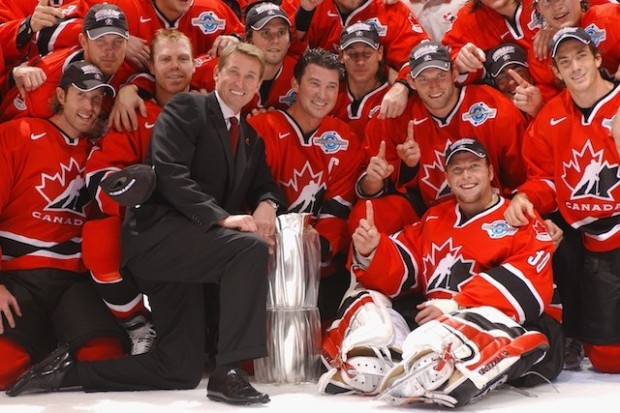
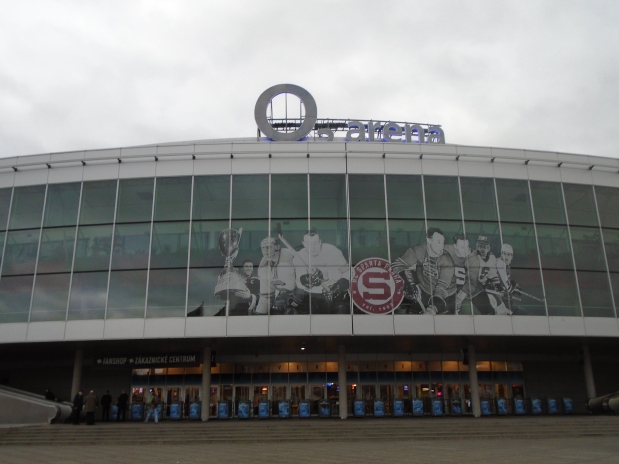







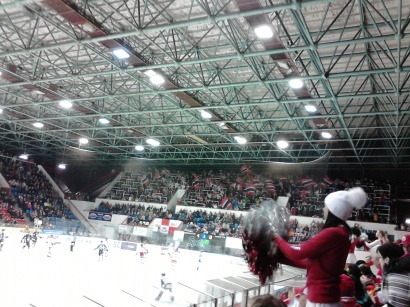


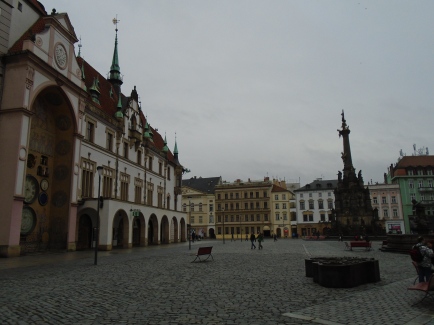

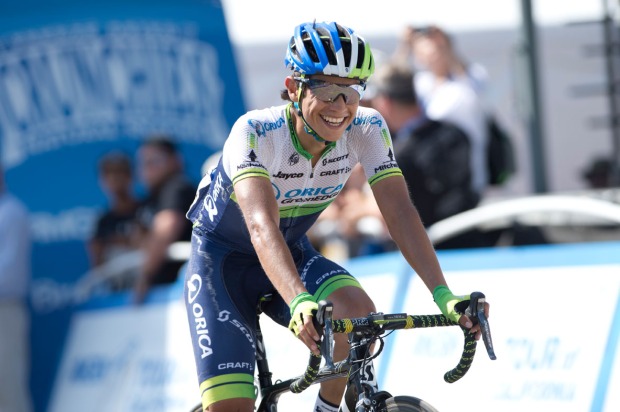



 Adam (L) and Simon Yates (R) will be looking for a premier role on this year’s edition of the Tour de France
Adam (L) and Simon Yates (R) will be looking for a premier role on this year’s edition of the Tour de France




 Frank Schleck gave Trek a hard-fought triumph on stage 16 of the Vuelta a Espana
Frank Schleck gave Trek a hard-fought triumph on stage 16 of the Vuelta a Espana









 Stan Wawrinka came out ahead of Novakj Djokovic at Roland Garros
Stan Wawrinka came out ahead of Novakj Djokovic at Roland Garros


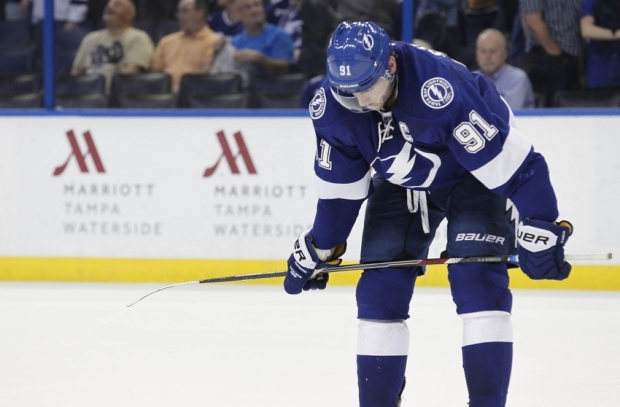








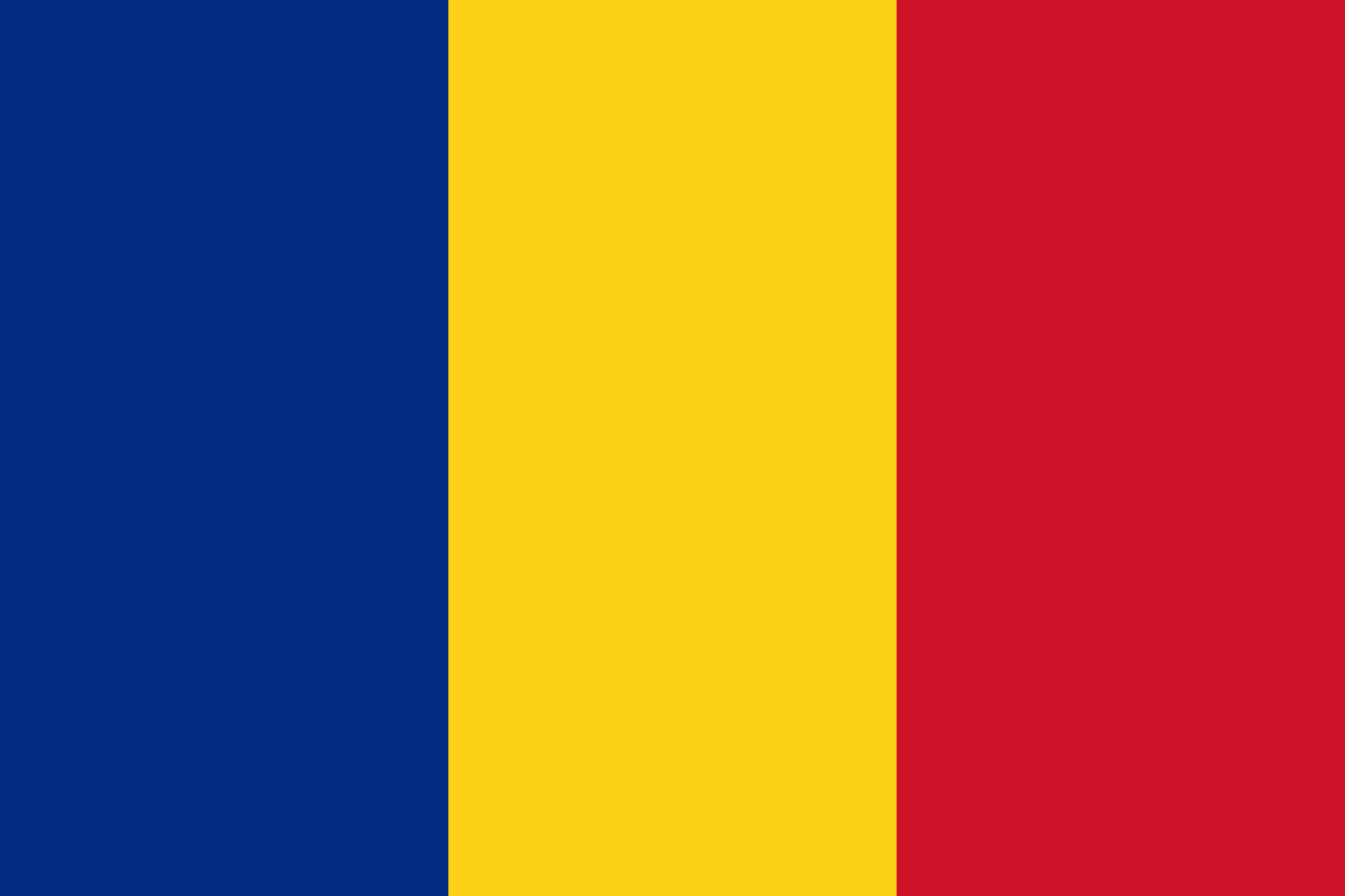 The Basics
The Basics